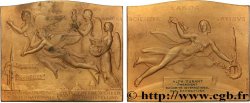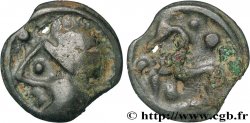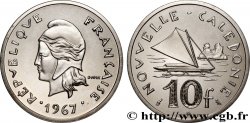fme_888899 - BELGIUM - KINGDOM OF BELGIUM - REIGN OF LEOPOLD III Insigne d’honneur, Deuxième Exposition Nationale du Travail
50.00 €(Approx. 58.00$ | 43.50£)
Quantity
Add to your cart

Type : Insigne d’honneur, Deuxième Exposition Nationale du Travail
Date: 1935
Metal : gilt copper
Diameter : 68,5 mm
Orientation dies : 12 h.
Weight : 14,16 g.
Edge : lisse
Puncheon : sans poinçon
Coments on the condition:
Exemplaire doré avec son email en bel état
Obverse
Obverse legend : ANÉPIGRAPHE.
Obverse description : Motif en cuivre doré et émaillé en forme de triangle couronnée sur lequel figure un marteau au manche émaillé rouge. Deux feuilles de laurier en sautoir à l’exergue.
Reverse
Reverse legend : ROYAUME DE BELGIQUE / EXPOSITIONS NATIONALES DU TRAVAIL / INSIGNE D’HONNEUR DE LAUREAT DU TRAVAIL // REPRODUCTION / INTERDITE // KONINKRIJI BELGIE / NATIONALE ARBEIDSTENTOO HELLINGEN / BERETEEKEN VAN LAUREAAT VA - ENARBEID // NAMAAK / BERBODEN.
Reverse description : Légende en 6 lignes.
Commentary
Grande largeur : 20,5 mm.
Large width: 20.5 mm
Large width: 20.5 mm







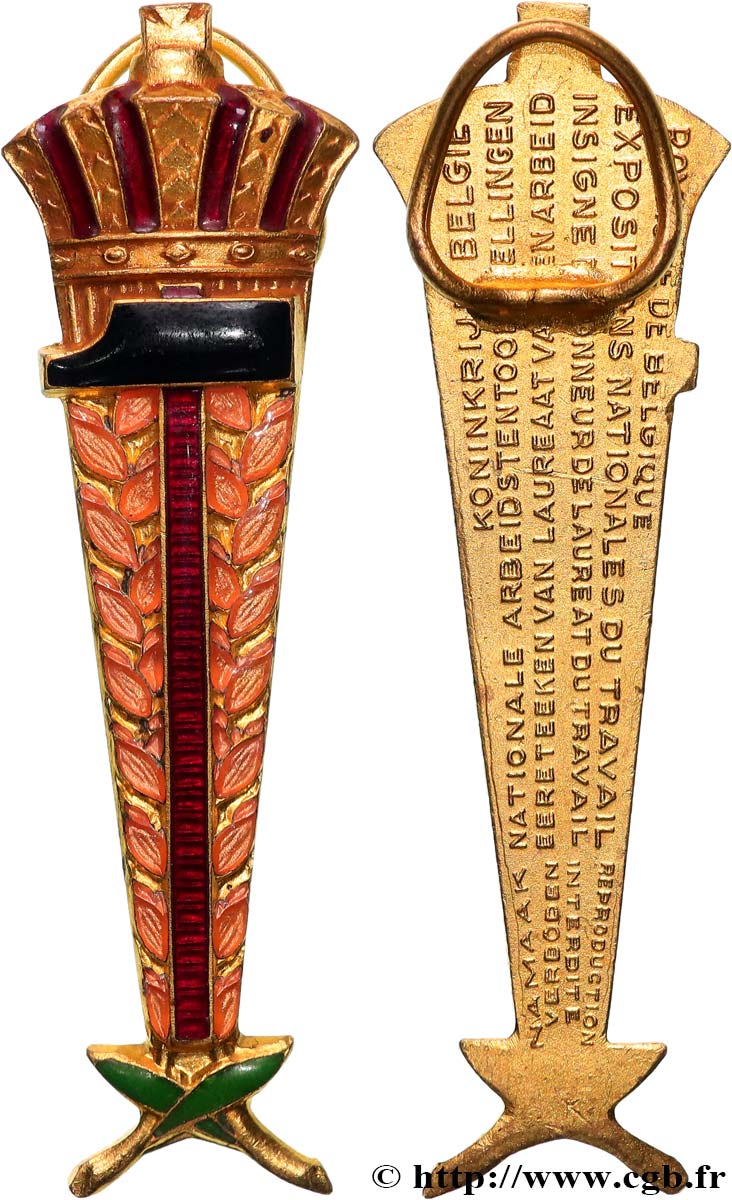
 Report a mistake
Report a mistake Print the page
Print the page Share my selection
Share my selection Ask a question
Ask a question Consign / sell
Consign / sell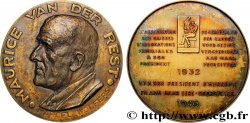
 Full data
Full data

